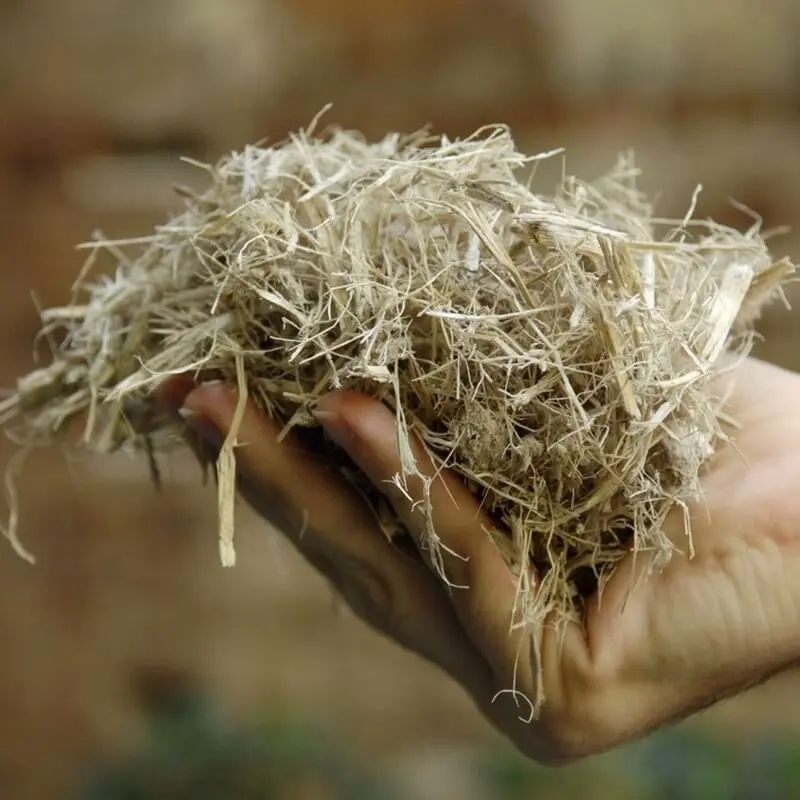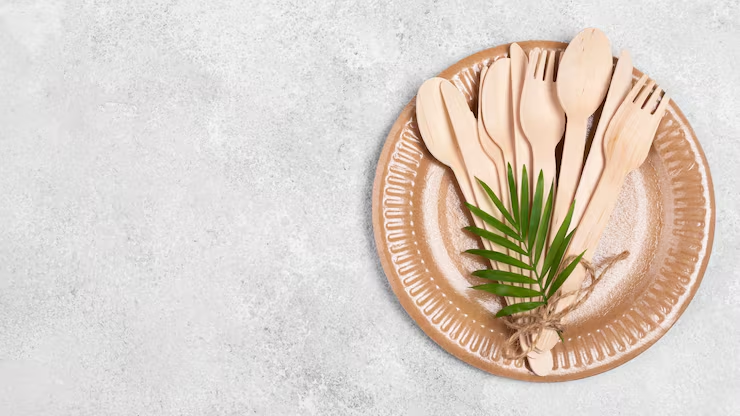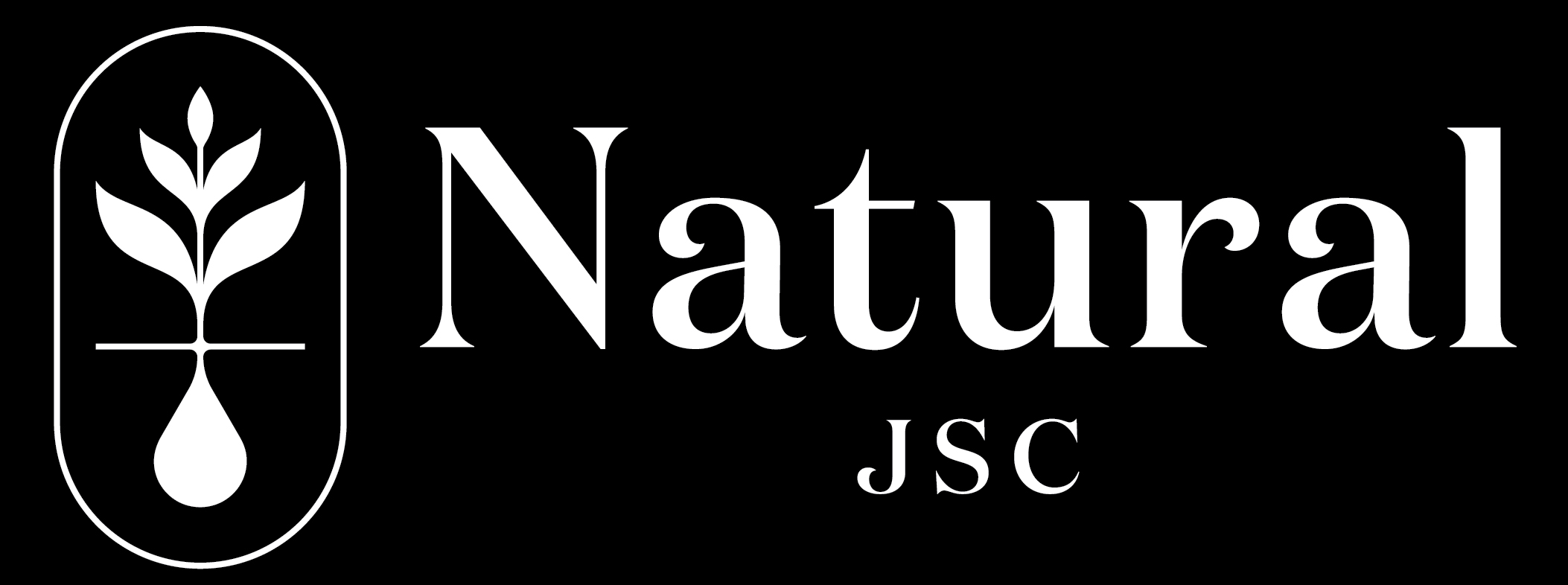Sugarcane bagasse is one of the organic materials that many green businesses are paying attention to and applying in their products. So, what can sugarcane bagasse be used for? And why is this material suitable for a green lifestyle? Let’s find out in the following article.
What is sugarcane bagasse?
Sugarcane, or sugarcane stalks, are mainly composed of natural sucrose (also known as saccharose), commonly used in the production of sugar or sugarcane juice, a popular beverage in Vietnam and around Asia. After being pressed for juice, the fibrous residue left behind is sugarcane bagasse.

Applications of sugarcane bagasse – a familiar organic raw material
When burned, sugarcane bagasse releases a large amount of heat, impacting the environment. Therefore, instead of treating sugarcane bagasse as waste, people have begun to find ways to recycle and transform it into organic raw material. This organic material is used in both agriculture and the eco-friendly product market, specifically for:
Plant fertilizer & animal feed
In agriculture, bagasse has many uses. But the most common are as feed for livestock such as buffalo, cows, goats, etc., and as organic fertilizer. Making organic fertilizer from bagasse is not too difficult. You just need to combine a few fertilizer components and preparations with the right composting method to get a substitute for conventional fertilizers. It’s both economical and effective. Not only that, but sometimes people also use bagasse to make growing media for mushrooms or bedding for livestock on cold days.
Fuel
Compared to fossil fuels (coal, oil, etc.), using fuel made from sugarcane bagasse reduces environmental emissions because it does not require specialized labor or complex processing. All that is needed to turn sugarcane bagasse into fuel is to grind it, dry it, and compress it into solid pellets. Sugarcane bagasse pellets have high thermal energy, making them an ideal heat source not only for residential use but also for factories and industrial operations.
Eco-friendly product material
Sugarcane bagasse fully meets all the criteria required of an eco-friendly material, from its natural origin to its sustainable renewability and natural biodegradability in the environment. Therefore, bagasse is considered one of the most important eco-friendly materials, creating many eco-friendly products that are familiar to us.
Why use bagasse products?
Available raw materials
In Vietnam, sugarcane is a crop with abundant production. Accordingly, the amount of bagasse left after harvesting is relatively large, sometimes even excessive. Using bagasse in product manufacturing solves this surplus issue. Not only do we make good use of this readily available sustainable raw material without waste, but we also avoid the emissions generated during the extraction of new resources.
Cost-effective
Processing sugarcane bagasse and manufacturing bagasse products does not require excessive water resources, labor, or a complex chemical-intensive process. Therefore, producing bagasse products is often significantly more cost-effective and resource-efficient.
Environmentally friendly
Sugarcane bagasse products are extremely environmentally friendly from the moment they are created, through processing, to when they are used up and become waste. The production process of bagasse products minimizes emissions. And after fulfilling their purpose, bagasse products decompose naturally without leaving behind harmful microplastics like conventional plastic products. Additionally, once fully decomposed, sugarcane bagasse can be properly processed into organic fertilizer, continuing to provide nutrients for crops.
Sugarcane bagasse products you may not know about
Given the remarkable environmental benefits sugarcane bagasse offers, it’s no surprise this organic material is chosen to produce numerous eco-friendly products.
Sugarcane pulp plywood
Due to its high cellulose content, which is a binding agent in construction materials, sugarcane pulp has been researched for use in creating sugarcane pulp plywood. Although not yet widely known, sugarcane pulp plywood has gradually become more popular over time and is considered a good alternative to plastic or wood plywood.
Compared to traditional plywood, sugarcane fiber plywood still has water-resistant properties, low expansion, and high durability thanks to the addition of other natural materials such as coffee husks, bamboo fibers, pine needles, etc. Therefore, consumers can feel completely assured when using them, contributing to environmental protection and reducing deforestation without compromising product quality.
Sugarcane pulp paper
In addition to replacing wood in plywood, sugarcane pulp is also used to make paper pulp. Although sugarcane pulp paper is yellow and less bright than wood-based paper, it is stiffer, allowing it to be used to create a variety of products such as wrapping paper, paper bags, boxes, etc.
Packaging & disposable tableware
With the growing trend of eco-friendly living, you have probably seen boxes, cups, bowls, and plates made from sugarcane pulp widely used in shops and restaurants to replace disposable plastic items. Unlike plastic products, which contain harmful chemicals or leave microplastics when exposed to high temperatures, food packaging and disposable tableware made from sugarcane are often considered one of the top choices in the food packaging industry.

Sugarcane fiber products are reasonably priced, durable, and heat-resistant. More importantly, these products only take a few weeks to decompose. This makes them extremely suitable for reducing the enormous amount of single-use plastic waste from the food market.
Conclusion
Sugarcane bagasse products are becoming increasingly familiar to us as many green businesses are adopting and developing this environmentally friendly organic material. And it’s not just businesses—sugarcane bagasse products are also an excellent choice for each of us on our journey to protect the environment.
